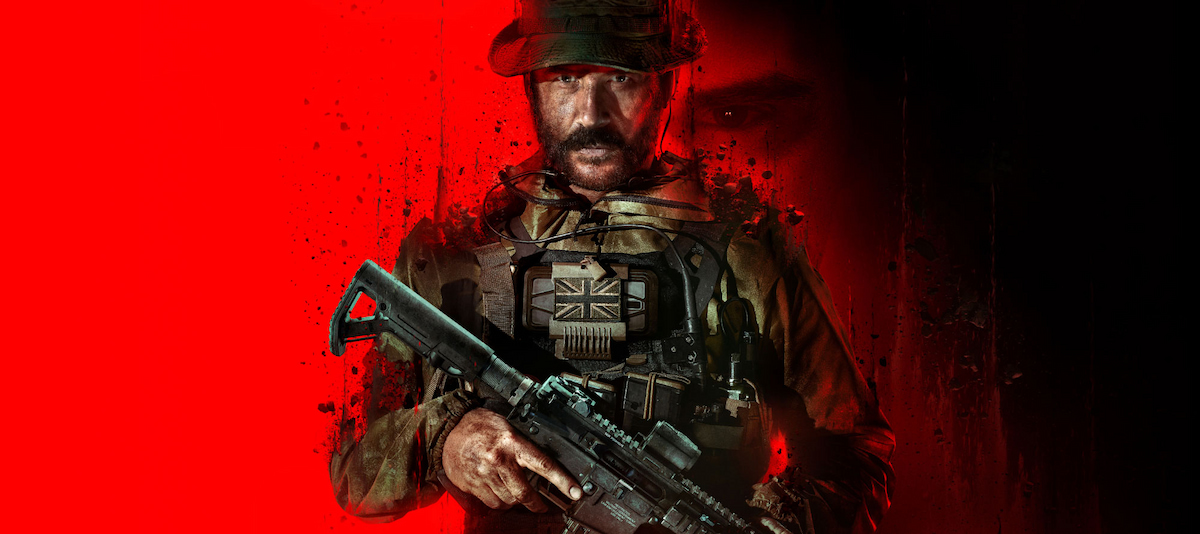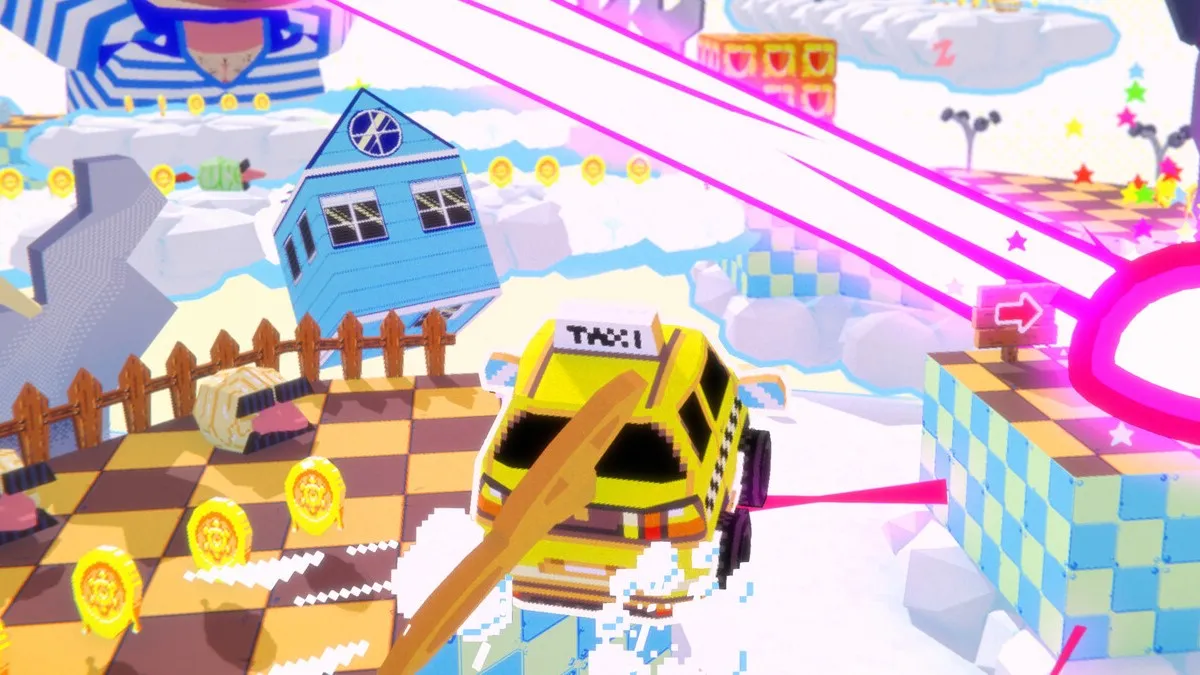Night Trap is more recognized as being ridiculous than anything resembling horror these days. And like most games, the development process and impact are just as interesting as the games themselves.
Night Trap was originally going to be a game about people trying to save people from being murdered by vampires, which may sound basic but it was going to be good, fuzzy VHS fun. Originally the game was going to feature actual vampires but things were changed in an attempt to make them less scary.

Instead the ‘Satanic Panic’s’ hangover gave us adults that were afraid of video games, all too eager to blame art for society’s problems instead of actually providing solutions. You may be thinking things have gotten better but wait until you hear what Hasbro did to make these vampires even cooler.
Related: Five Extremely Creepy Moments in Non-Horror Games
Vampires sucking blood out of people was too much and so the developers had to change them into “Augers.” These monsters didn’t suck blood out of victims with their mouths; instead they used physical equipment to remove blood from people. And I refuse to believe I’m alone in considering the latter much more terrifying. Please kill me with vampire teeth instead of weird machines.

Night Trap is an interactive movie that utilizes full motion video (FMV) for players to manipulate the game’s story. Cameras are scattered in eight different places in a large house and the Sega Control Attack Team (S.C.A.T.) are able to activate traps throughout the house to stop Augers from claiming victims. (The group was called Special Control Attack Team on versions released for other platforms).
The game itself is mostly just neat and mostly unremarkable but it was one of the most prominently featured titles during the 1993 U.S. Senate Hearings on violent video games.

Many games were held under scrutiny during the congressional hearings. Employees and legal teams from Sega and Nintendo were questioned about games such as Mortal Kombat by Joe Lieberman and other politicians.
Groups began blaming video games in earlier years but it was harder to blame older titles for actual acts of violence. Friday the 13th and Splatterhouse are no doubt violent but the details were obscured by the technology of the time.
The leap in 3D technology also brought a frightening amount of detail into horror games, which made interactive media an easier target. Parents and politicians were less focused on the fact that players were saving girls from weird machine vampires. The narrative was less about kids murdering demons in hell and more about how kids were playing Doom.

The hearings and conversation around violence in video games led to some changes and things have mostly worked out.
Night Trap was pulled from shelves at Toys R Us and Kay-Bee Toys (RIP <3), and during the holiday shopping season no less. It was a big blow to the game. It was re-released a few months later on nearly everything, including 3DO, Sega 32X, MS-DOS, Mac OS. Each version of the game featured a different cover from the game’s original release as well.
The congressional hearings probably helped Night Trap, if anything though. It’s not a bad game by any means. It’s just an early FMV title that’s just fine for what it is. Joe Lieberman no doubt helped boost sales of Night Trap, Doom, Mortal Kombat, and everything else labeled scary and bad.

The 1993 hearings also led to the formation of the Entertainment Software Rating Board, which has helped protect games a lot in the years since. The video game industry had ratings before the ESRB but it wasn’t a unified system.
Before the self-regulatory organization was formed in 1994, everyone just kind of did their own thing. Sega had its own ratings system, called the Videogame Rating Council, but it was voluntary.
Nintendo didn’t really have a system. Their plan was essentially just slapping the Nintendo Seal of Quality’ on everything and blaming Sega as much as possible during the hearings. 3DO had an age ratings system of its own but, like Sega’s, it was also voluntary. There was also something for computer games but again, voluntary and its own system.

The ESRB has been in use since its original implementation on September 16th, 1994, and it’s largely been enough for publishers, developers, and consumers. There have been occasions in the years since where parents and groups have attempted to challenge interactive media but the ESRB has allowed publishers to point out kids are only able to access content deemed inappropriate with the help of an adult.




